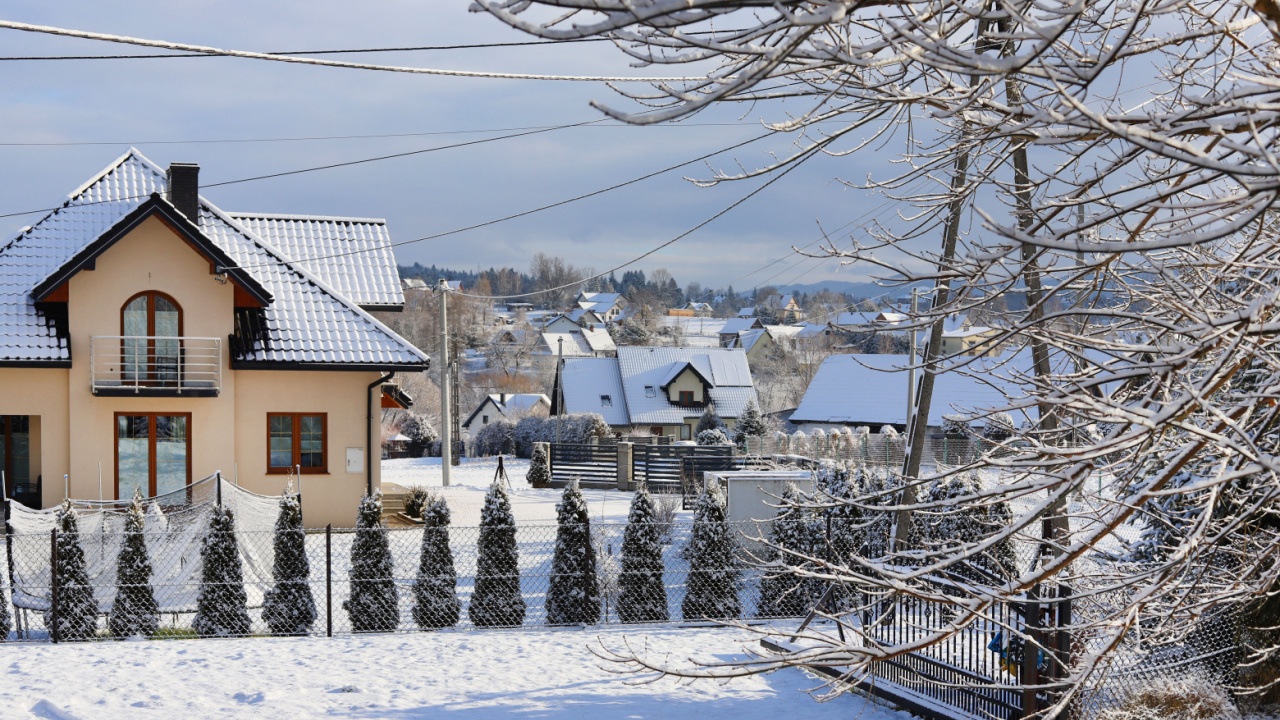Chilling Secrets: 14 Surprising Facts About Ice and Snow You’ve Never Heard
Okay, riddle me this—if “sharing is caring,” how come nobody shares their secret to never slipping on an icy driveway? (I’m convinced my neighbor is actually part mountain goat.) Anyway—has anyone else noticed how snow can make even the ugliest yard look like it belongs on a travel brochure, or is that just me squinting out the window after too much time indoors? There’s this bizarre, magical flip the world does every winter, transforming pothole-riddled streets into glittering tundras and turning ordinary rooftops into marshmallow wonderlands. I don’t care what the critics say—have you ever seen an entire city suddenly muffled into silence by a blizzard? Winter weather’s got more talents than I have excuses for not shoveling.
And what’s wild is, beneath all that sparkle, snow and ice are pulling off feats that would make the Avengers jealous—shaping continents, hoarding freshwater like dragons, and sporting more diversity than a fingerprint detective’s wildest dream . Sometimes, winter is annoying . Sometimes, it’s a physics lesson that fell out of a storybook . If you’ve only thought of ice as what ruins your front steps or the reason your commute takes thirty minutes longer, trust me, you are barely scratching the surface (sometimes, literally) . Ready to melt your mind? Let’s carve straight into fourteen facts about ice and snow . Prepare to have your appreciation for winter go from “why-is-this-happening-to-me?” to “wait, that’s actually kind of amazing” . LEARN MORE
There’s something magical about the way snow blankets everything in silence and how ice transforms the ordinary into something glimmering and otherworldly. But beyond their beauty, ice and snow have stories to tell, from shaping landscapes to hosting tiny ecosystems.
Ice and snow are vital to our planet’s ecosystems and have been part of human survival for centuries. Did you know that glaciers hold most of the world’s freshwater or that snowflakes are like nature’s fingerprints, no two are exactly alike? These frozen wonders are far more complex than they appear.
Of course, winter weather has its critics. Some grumble about icy roads or shoveling driveways, but there’s a lot to appreciate once you dig beneath the surface (sometimes literally). Let’s explore 14 fascinating facts about ice and snow that might just make you see them in a whole new light.
1. Snowflakes Are Unique

Image Credit: Runningonbrains – Own work – CC BY-SA 4.0/Wiki Commons.
We’ve all heard that no two snowflakes are alike, but it’s not just poetic imagery. Each flake’s unique design is shaped by its journey through varying temperatures, humidity levels, and wind patterns.
The intricate symmetry of a snowflake forms as water vapor freezes onto a tiny particle, like dust or pollen. This means each flake’s final shape is as much about chance as it is about physics, making every snowfall a gallery of fleeting art.
2. Glaciers Move (Slowly)

Image Credit: Shutterstock.
Glaciers might appear as stationary giants, but they’re constantly on the move, earning the nickname “rivers of ice.” These massive formations flow under their own immense weight, carving valleys and shaping landscapes.
While some glaciers inch forward at less than a foot per year, others, like Greenland’s Jakobshavn Glacier, can surge up to 100 feet a day. Their movement is both gradual and powerful, leaving behind dramatic geological features over millennia.
3. Snow is Technically Not White

Image Credit: Shutterstock.
Snow may look white, but it’s actually made up of near-clear ice crystals. Its bright appearance comes from the way light scatters when it hits the countless tiny surfaces within the snowpack.
Compressed snow, like that found deep in glaciers, often takes on a striking blue hue. This blue appearance occurs because the dense ice absorbs red light and reflects blue, adding to the snow’s mystique.
4. Icebergs Are Mostly Hidden

Image Credit: Shutterstock.
The phrase “tip of the iceberg” is more than a metaphor. About 90% of an iceberg’s mass lies beneath the surface, making these frozen giants both awe-inspiring and deceptively dangerous.
This hidden bulk is due to the density differences between ice and seawater. It’s why icebergs have a reputation for being silent, stealthy threats to ships, as history has tragically shown.
5. Snow Can Be a Sound Barrier

Image Credit: WAJWAJ (English Wikipedia) – CC BY-SA 3.0/Wiki Commons.
Ever noticed how peaceful it feels after a heavy snowfall? That’s because snow acts as a natural sound absorber. Its fluffy, porous structure traps sound waves, muffling noise and creating a sense of calm.
This serene effect is one of winter’s quieter gifts, turning even bustling cities into tranquil wonderlands. It’s a perfect example of how snow changes not only the landscape but also the atmosphere around us.
6. Ice Crystals Can Grow Upwards

Image Credit: W.carter – Own work – CC BY-SA 4.0/Wiki Commons.
While frost patterns on windows are familiar, ice can also grow straight up in the form of needles. Known as frost heaving, this phenomenon occurs when water in the soil freezes and expands, pushing delicate spikes skyward.



















Post Comment